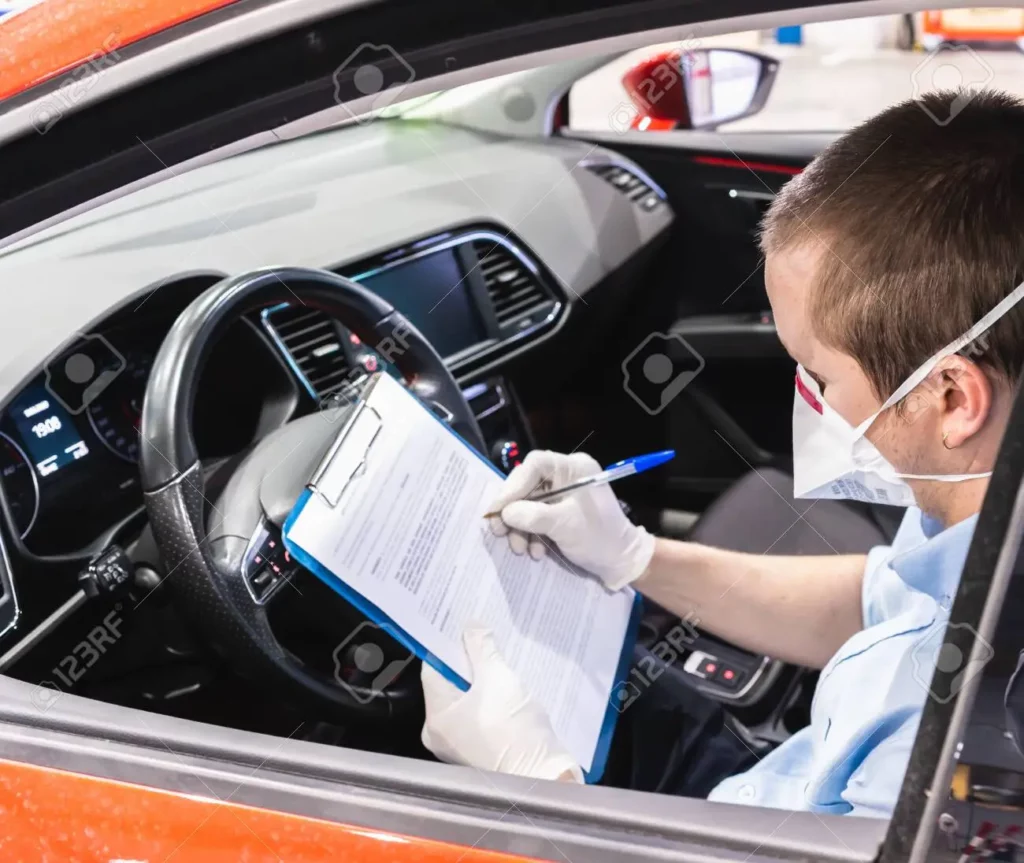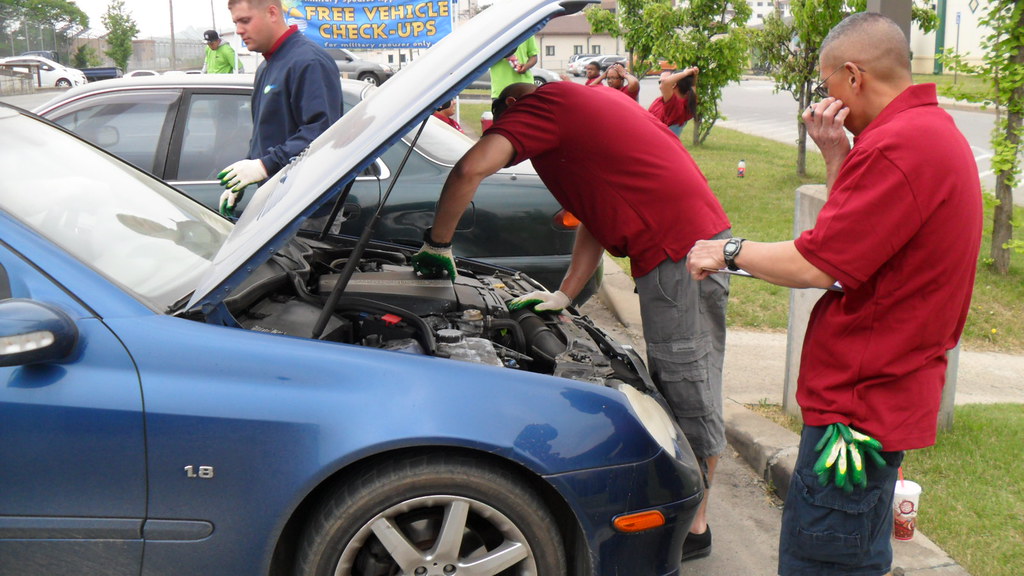Car Inspections
It can be a risky undertaking when you don’t know what’s under the hood of a used vehicle. Nevertheless, the risks can be worth it when you can save money and afford more high-end features than you can with a new vehicle. Every day, many people find the vehicle of their dreams by first looking through local used inventories before continuing to their favorite brand’s latest model year range. To that end, you can take several steps to guard yourself against buying something that does not meet your needs. Furthermore, these steps will prevent you from spending more money than you intended on costly repairs. When you can examine used Fords for sale in person, there are several things you will need to check and inspect to determine the quality and condition of the vehicle.
Check out these different inspections you can do on a used car. When you initially look at a used property, you may be able to do some of these things on your own, in person. Some of these repairs will necessitate the services of a professional mechanic who is knowledgeable and enough to know what to look for below the hood Inspecting visually.
When looking at used cars or trucks, you should visually inspect them. Begin by examining the exterior of the vehicle. Looking at the vehicle’s exterior body panels from bumper to bumper will give you an idea of how it has been driven. It will show many scrapes and dents on the surface when exposed to harsh weather.
Used cars do show some signs of wear and tear. A vehicle’s integrity is compromised with larger dents, holes, rust, or other damage. Make a mental note of every blemish you see on the exterior. Do the same for the interior. In addition to looking inside the vehicle, you should also look under the hood and at the drivetrain. Whenever possible, check out the undercarriage of the car. Look for signs of corrosion and heavy use on the drivetrain parts in both the engine bay and undercarriage.
Experiential inspection
Test driving a used car is the best way to inspect it personally, along with looking at it. This is a stage that many people overlook when purchasing a used automobile. It is also an excellent way to discover potential problems that generally go unnoticed during a visual inspection.
Whenever you operate a motor vehicle on the road, you will better understand how that vehicle performs. Unseen engine, drivetrain, and interior problems can manifest through shakes, noises, and other unexpected signs. When performing a visual inspection, think about these issues differently. It is critical to retain a complete list for subsequent reference when determining whether the car is a good fit. A reference list might help you make the right decision because it is easy to forget what you see, hear, and feel after a test drive.
Performing a professional inspection
When it comes to used vehicles, you can’t always see or discover all the problems on your own. Sometimes, this is because you are inexperienced or uninformed. Visual and experiential inspections cannot detect every issue or sign unless a professional mechanic.
It would help if you had your used vehicle checked by a professional mechanic before making a final decision. An inspection of this type involves the mechanic going over the car with a fine-tooth comb. Moreover, they may access more advanced tools and equipment to detect more minor, subtle issues with a vehicle’s advanced components. An expert mechanic will also be more qualified if the vehicle has modern features such as an infotainment system.
Read More: A Detailed Guide About Fuel Filters, Including Clogged Fuel Filter Symptoms And More
If you find scheduling a professional inspection before purchasing a used vehicle complicated, you should consider other options. It is not uncommon for private sellers to resist this step if they know something is wrong with their vehicle and don’t want to share it. Many dealerships rely only on their basic inspection process to ensure reliability and condition. Don’t settle for this limitation for your financial security or future well-being. Please do not buy a used car unless an expert has examined it before you buy it.
Checking used cars for the most important things
When looking to buy a used car, there are a few things you should always keep in mind. The first step is to inspect the fluid levels, observe any unusual smells, and listen for abnormal sounds. It would help if you also searched for evidence of wear and damage on the paint, carpet, and seats.
Used Car’s Engine
You need to check the engine for corrosion and rust. After that, belts and hoses need to be inspected for signs of wear. In the next step, the fluids are checked to ensure they are in good condition and that they have been changed.
The Used Car’s Transmission
The transmission should show no symptoms of rust or deterioration. Testing the transmission happens primarily by observing the shifting ability on the road, but the fluid must also be examined.
The Used Car’s Brakes
Clean brake surfaces, remaining pad life, and parking brake operation must be inspected. Brake fluid level is also something that is often overlooked.

Used Car’s Tires
Especially in winter weather, cars need to have good tires. Check that your tires have the appropriate amount of tread and are not overly worn.
Warning Lights
Depending on why a warning light is illuminated, it can indicate either a minor or major issue. A number of these issues can be pretty costly. Airbags and seat belt sensors can cost up to $1,000 to replace a regular vehicle. Having these faults in mind before you buy a car helps you decide whether to buy it or not.
Before buying any used car, get a vehicle history report
History reports provide information about the previous owner of a vehicle before purchasing it. This ensures that the odometer is accurate and that there haven’t been any structural issues or flood damage. Dealers providing Colorado Springs used car inspections provide consumers with this service. Should you be left to handle this yourself, you might wonder what they are hiding.
Final words
Having confidence in purchasing a used vehicle is essential when you buy one. It is only when you are confident that you have done everything possible to ensure the quality and condition of the vehicle that you can be confident in your purchase. It’s best to take any steps to reduce the uncertainty of used vehicles as much as possible since they all have some degree of risk.
Inspecting the vehicle beforehand is vital to reducing that risk. Starting with a visual and drive inspection is an excellent place to start. Getting the most from this inspection process is best accomplished by having a professional mechanic fill in any gaps you may have missed. You may purchase the vehicle if it passes all the inspection checks. Visit Kings Ford today to look at the used Fords for sale we have in our used inventory, or call us to set up a test drive.
FAQs
Does a rejection sticker allow you to drive around?
The answer is yes. You may drive your vehicle to a repair facility and home on a rejection sticker. Furthermore, a vehicle is only entitled to one rejection sticker per year.
Is a red rejection sticker an indication of rejection?
Red R stickers indicate a vehicle has failed one or more safety tests and been rejected. On-board diagnostics (OBD) emissions tests fail when the vehicle is marked with a black R sticker.










